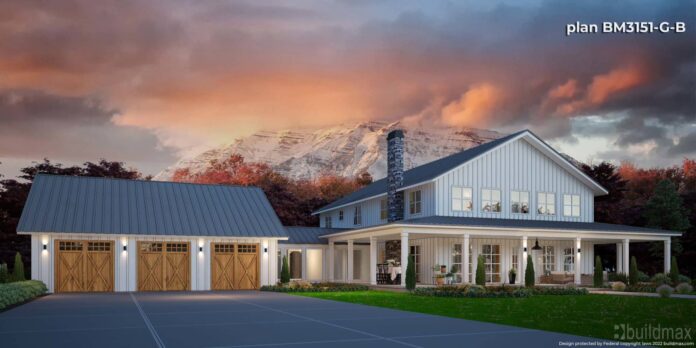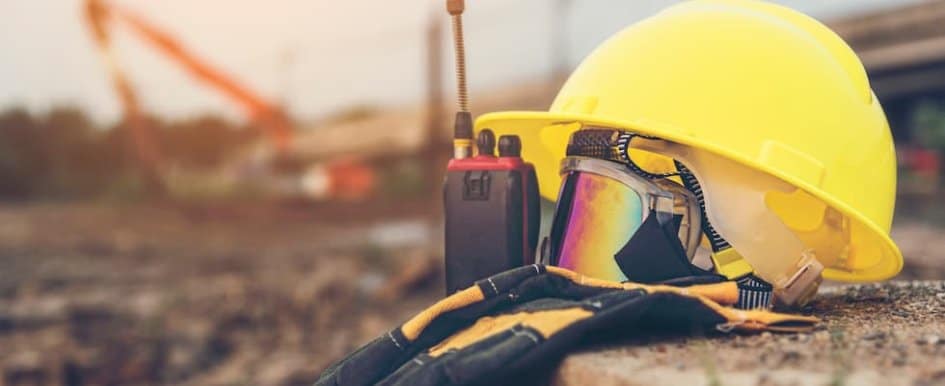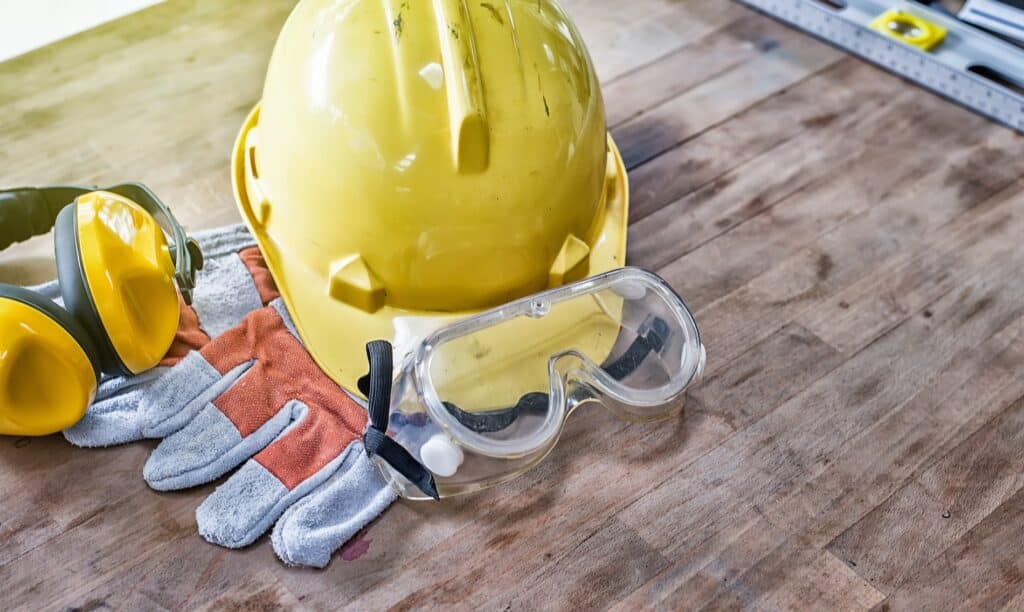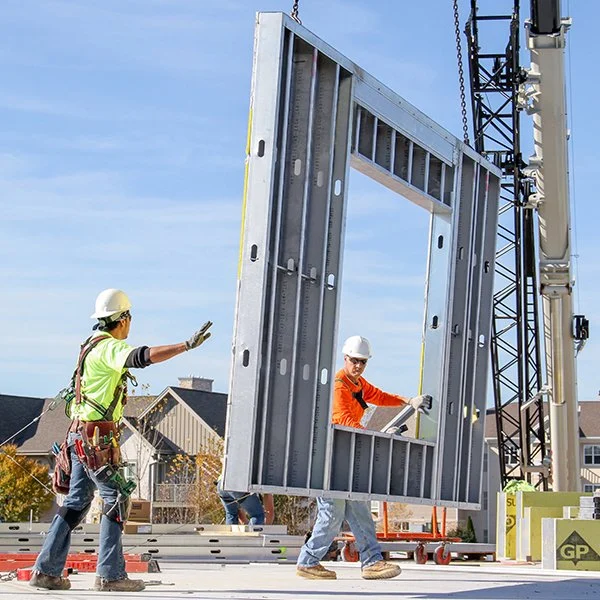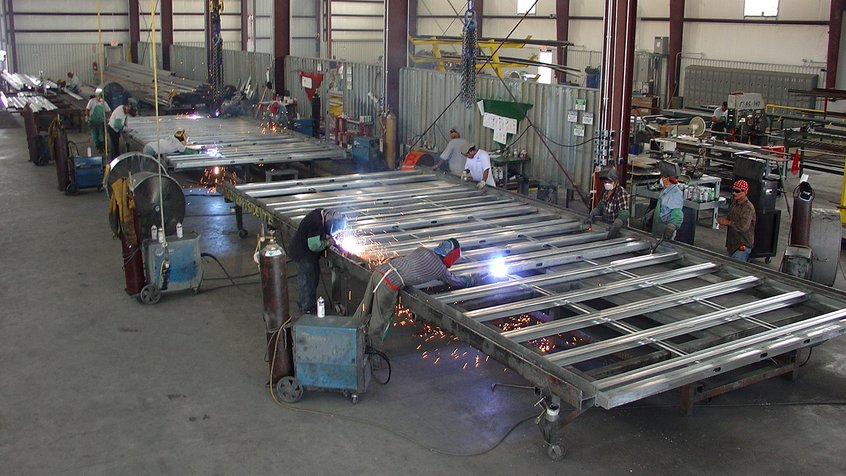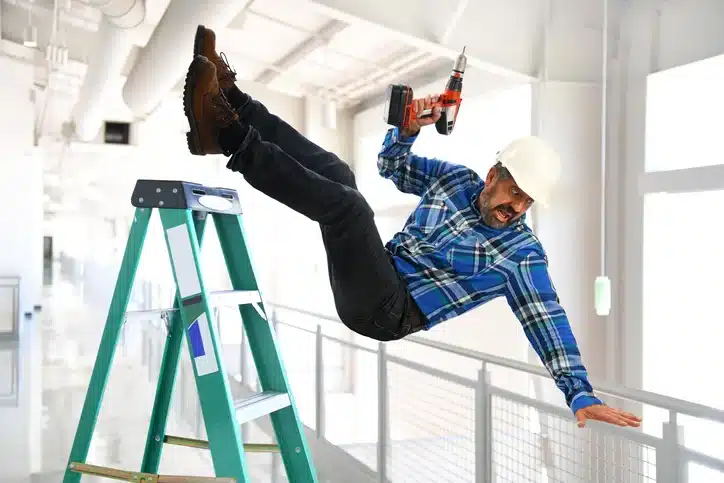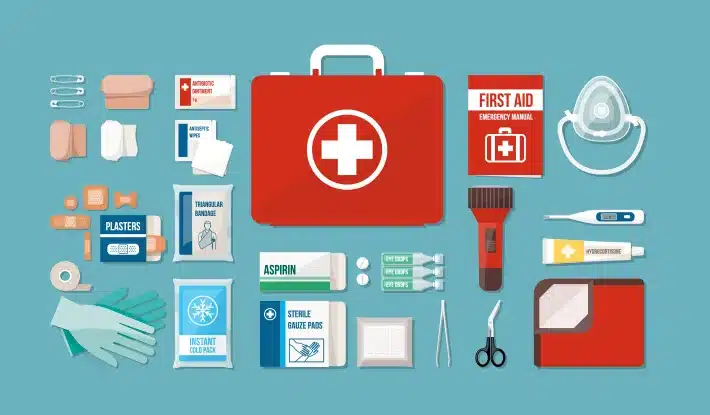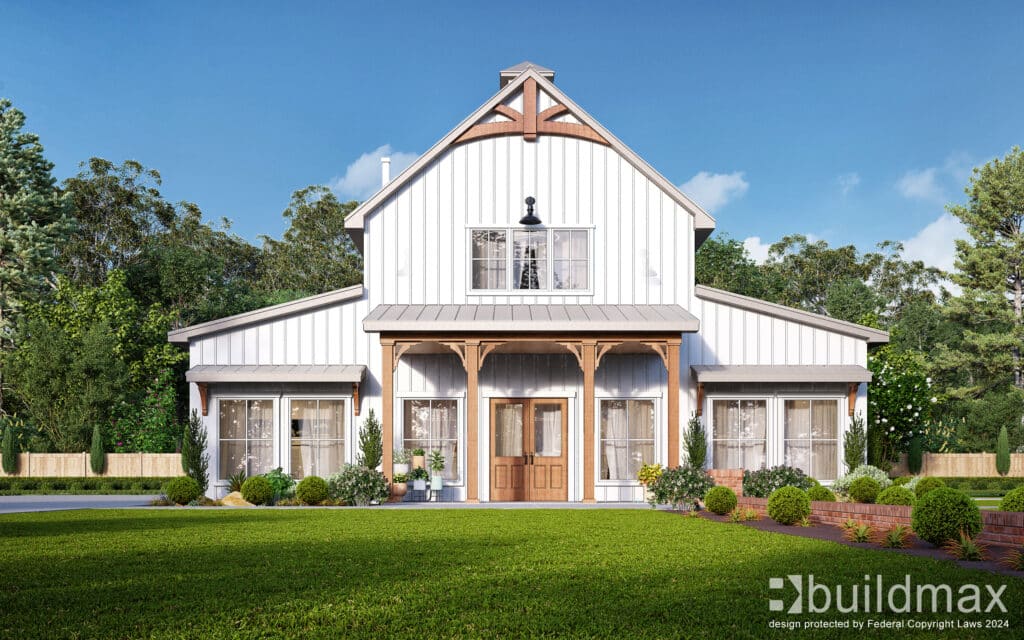**Build Site Safety Measures When Building a Steel Frame Barndominium: Essential Guidelines and Precautions**
Building a steel frame barndominium involves various construction processes, heavy materials, and specialized tools, all of which come with potential risks. Ensuring the safety of everyone on the build site is crucial to prevent accidents, injuries, and delays. While steel frame construction offers several advantages, such as strength, durability, and speed, it also presents unique safety challenges that must be carefully managed. This extensive article will explore the safety measures to take when building a steel frame barndominium, things to be aware of, potential dangers, lesser-known hazards, and essential safety gear requirements.
Key Safety Measures for Steel Frame Barndominium Construction
Safety on a construction site should always be the top priority. Below are some key safety measures to consider when building a steel frame barndominium:
1. **Site Preparation and Planning**
Before any construction begins, thorough planning and preparation of the site are critical for ensuring safety:
– **Conduct a Risk Assessment**: Perform a detailed risk assessment to identify potential hazards on the site. This includes assessing the terrain, checking for underground utilities, and identifying any environmental risks, such as nearby water bodies or unstable soil conditions.
– **Clear the Site Properly**: Ensure the construction area is clear of debris, unnecessary materials, and obstructions that could cause tripping or other accidents. Make sure there is ample space for storing steel frames, tools, and other materials in an organized manner.
– **Set Up Safety Zones**: Designate specific areas for material storage, machinery operation, and worker movement. Clearly mark zones that are restricted or require special protective equipment, like welding areas.
2. **Personal Protective Equipment (PPE)**
Wearing appropriate personal protective equipment (PPE) is a fundamental safety requirement on any construction site:
– **Hard Hats**: Hard hats are mandatory on all construction sites, especially where heavy materials like steel are being handled. They protect against falling objects, head injuries, and other potential impacts.
– **Steel-Toed Boots**: Construction workers should wear steel-toed boots to protect their feet from falling objects, sharp debris, and heavy equipment. These boots should also provide good grip to prevent slips and falls.
– **Safety Glasses and Face Shields**: When cutting, welding, or grinding steel, workers must wear safety glasses or face shields to protect their eyes from sparks, flying debris, and harmful UV radiation.
– **Gloves**: Sturdy work gloves are essential to protect hands from sharp edges, hot materials, and potential burns. Specific gloves may be required for welding or handling heavy steel components.
– **High-Visibility Clothing**: Wearing high-visibility vests or clothing helps ensure that workers are easily seen by equipment operators, especially in busy or low-light conditions.
– **Hearing Protection**: When operating or working near noisy equipment like steel cutters, grinders, or cranes, workers should wear earplugs or earmuffs to protect their hearing.
3. **Handling and Erecting Steel Frames**
Working with steel frames presents specific risks due to the size, weight, and sharp edges of the materials. Proper handling and installation practices are crucial:
– **Use of Cranes and Hoists**: Steel frames are heavy and often require the use of cranes or hoists to lift and position them. Ensure that all equipment operators are certified and trained to handle heavy machinery safely. Establish clear communication protocols, such as hand signals or two-way radios, to prevent miscommunication during lifting operations.
– **Proper Rigging Techniques**: Rigging equipment, such as chains, slings, and hooks, should be inspected regularly for wear and tear. Use the correct rigging techniques to securely lift and move steel components, ensuring that they are balanced and stable during the lift.
– **Beware of Falling Objects**: When Lifting steel frames into place, there is a risk of falling objects or tools. Ensure all workers below are aware of overhead work and wear hard hats. Install safety nets or barriers where feasible to catch any falling items.
4. **Welding and Cutting Safety**
Welding and cutting steel components are standard processes in steel frame construction. These activities present specific hazards, including fire risks, eye injuries, and inhalation of fumes:
– **Fire Prevention Measures**: Welding and cutting create sparks that can ignite nearby flammable materials. Ensure a fire extinguisher and fire blankets are readily accessible on-site. Keep flammable materials away from welding areas and consider using fireproof welding curtains to contain sparks.
– **Proper Ventilation**: Welding and cutting can produce harmful fumes and gases. Ensure proper ventilation in enclosed or semi-enclosed areas to prevent workers from inhaling toxic fumes. Consider using portable fume extractors or respirators for additional protection.
– **Welding Shields and Auto-Darkening Helmets**: Welders must wear appropriate welding shields or auto-darkening helmets to protect their eyes and face from intense UV radiation and hot sparks. Regularly check equipment for any damage or wear and replace as needed.
5. **Preventing Falls and Working at Heights**
Working at heights is common when lifting steel frames, installing roofing, or handling elevated steel beams. Falls are one of the leading causes of construction site injuries, making fall prevention a top priority:
– **Use of Fall Protection Systems**: Workers at heights should always use fall protection systems, such as safety harnesses, lanyards, and anchor points. Ensure all fall protection equipment is regularly inspected and maintained.
– **Guardrails and Safety Nets**: Install guardrails or safety nets around elevated work areas, especially near open edges where falls could occur. This not only protects workers but also prevents tools and materials from falling.
– **Secure Ladders and Scaffolding**: Ensure ladders are secure and extend at least three feet above the landing area. Scaffolding should be properly erected and anchored according to safety regulations, with guardrails and toe boards in place.
6. **Electrical Safety**
Steel frame construction often involves electrical work for welding, lighting, and other power tools. Electrical hazards can lead to shocks, burns, or even fatalities if not properly managed:
– **Regular Inspection of Electrical Equipment**: b All electrical tools, cords, and equipment should be regularly inspected for frayed wires, exposed conductors, or other defects. Damaged equipment should be repaired or replaced immediately.
– **Ground Fault Circuit Interrupters (GFCIs)**: Use GFCIs on all temporary wiring setups and electrical tools to prevent electric shocks. Ensure all workers are trained in the proper use of electrical equipment and aware of the dangers of working around electricity.
– **Lockout/Tagout Procedures**: When performing maintenance or repairs on electrical systems, use lockout/tagout procedures to ensure power is completely shut off and cannot be accidentally re-energized.
7. **Material Handling and Storage**
Proper storage and handling of materials on the construction site are essential to prevent accidents and maintain an organized work environment:
– **Organize Materials**: Store steel beams, frames, and other materials in an organized manner to prevent tripping hazards and ensure easy access. Use racks or supports to keep materials off the ground and prevent rusting or warping.
– **Avoid Overloading**: Avoid overloading storage racks, shelves, or scaffolding with steel components or tools. Follow load limits to prevent collapses or spills.
– **Clear Access Paths**: Ensure that access paths and walkways are always clear of obstructions to allow safe movement of workers and equipment. Keep emergency exits and access to first aid kits unobstructed.
8. **Emergency Preparedness and First Aid**
Being prepared for emergencies can significantly reduce the impact of accidents on a construction site:
– **First Aid Kits and Training**: Ensure that well-stocked first aid kits are available on-site and that several workers are trained in basic first aid and CPR. Quick response to injuries can prevent them from becoming more severe.
– **Emergency Plans and Drills**: Develop and communicate an emergency action plan to all workers. Conduct regular drills for different emergency scenarios, such as fires, falls, or severe weather, to ensure everyone knows how to respond.
– **Communication Systems**: Maintain reliable communication systems, such as two-way radios, to quickly coordinate emergency responses and ensure that all workers can call for help if needed.
Lesser-Known Hazards to Consider
While many common hazards are well-known, there are some lesser-known dangers associated with steel frame construction:
– **Sharp Edges and Burrs**: Steel components often have sharp edges or burrs that can cause cuts or puncture wounds. Workers should always wear gloves and handle steel carefully to prevent injuries.
– **Heavy Lifting Injuries**: Handling heavy steel beams or components can lead to back injuries or muscle strains if not done correctly. Use mechanical aids, such as forklifts or cranes, and ensure workers are trained in proper lifting techniques.
– **Static Electricity**: Steel can generate static electricity, which can ignite flammable gases or vapors if not properly grounded. Ensure that all steel components and equipment are properly grounded to prevent static buildup.
Conclusion: Prioritizing Safety for a Successful Build
Building a Barndominium requires careful attention to safety at every stage of the construction process. From initial site preparation and PPE requirements to welding safety and fall prevention, understanding and mitigating the unique hazards associated with steel frame construction is essential for protecting workers and ensuring a successful build.
By implementing comprehensive safety measures, training workers, and maintaining a culture of safety awareness, you can minimize risks and create a safer, more efficient construction site. With the right precautions in place, the benefits of steel frame construction—durability, speed, and strength—can be fully realized while safeguarding everyone involved in the project.




